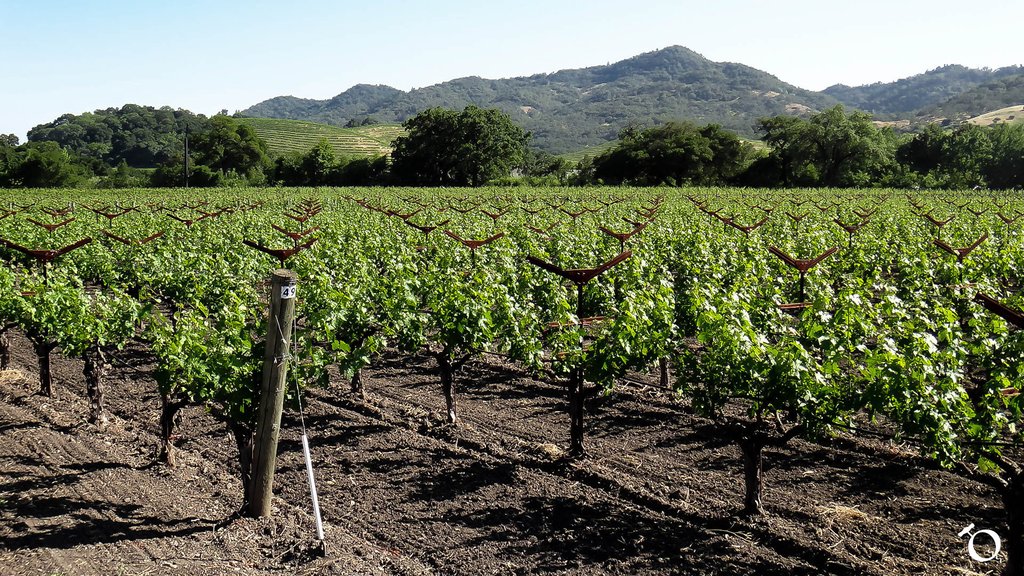March 4th - This Date in Wine History
/Wine has a long established history of being our drink of choice for celebrating, entertaining, and savoring life; but it didn't start out that way. From the invention of the barrel to the designation of the separate viticultural areas, wine has a long and sorted history. In our daily feature "This Date In Wine History," we share an event of critical importance in wine history.
Frederick I Barbarossa was elected King of Germany in 1152. He died during a swim in the Saleph River during the third Crusade and his soldiers tried to preserve his body in a cask of vinegar. It didn’t work.
Charles Dibdin, a British composer, musician, writer and actor was born in 1745. He is famous for the song and pantomine, The vineyard revels.
Vermont was admitted to the union in 1791. It’s first commercial winery opened in 1997. (there are currently 68 wineries in the state)
Oh, the humanity! The Hindenberg had its maiden voyage in 1936. Before the famous crash that ended zeppelin flights the Zeppelin Company provided food and drinks for the passengers including Zeltinger Rothlay Auslese, Moulin à Vent and Mumm, Cordon Rouge.
The V. Sattui Winery in Napa Valley was opened to the public in 1976.





















